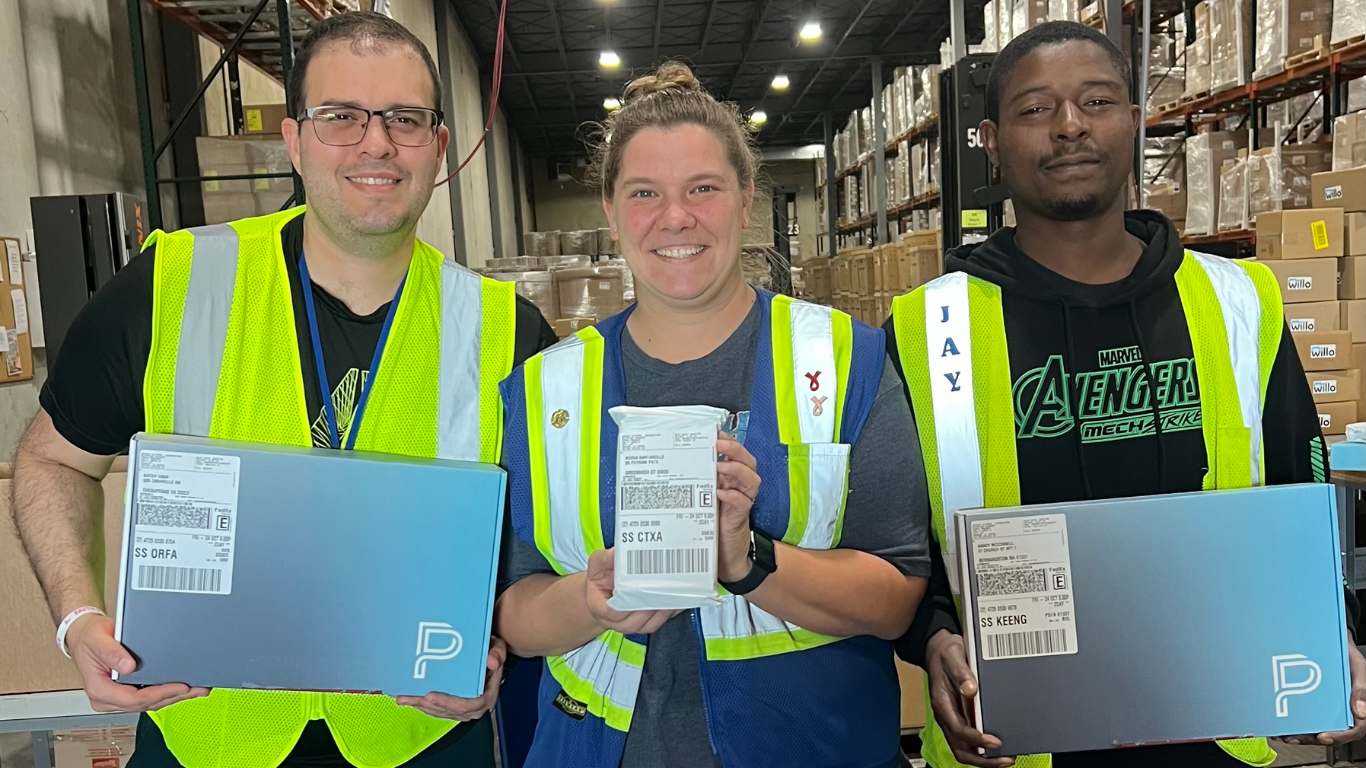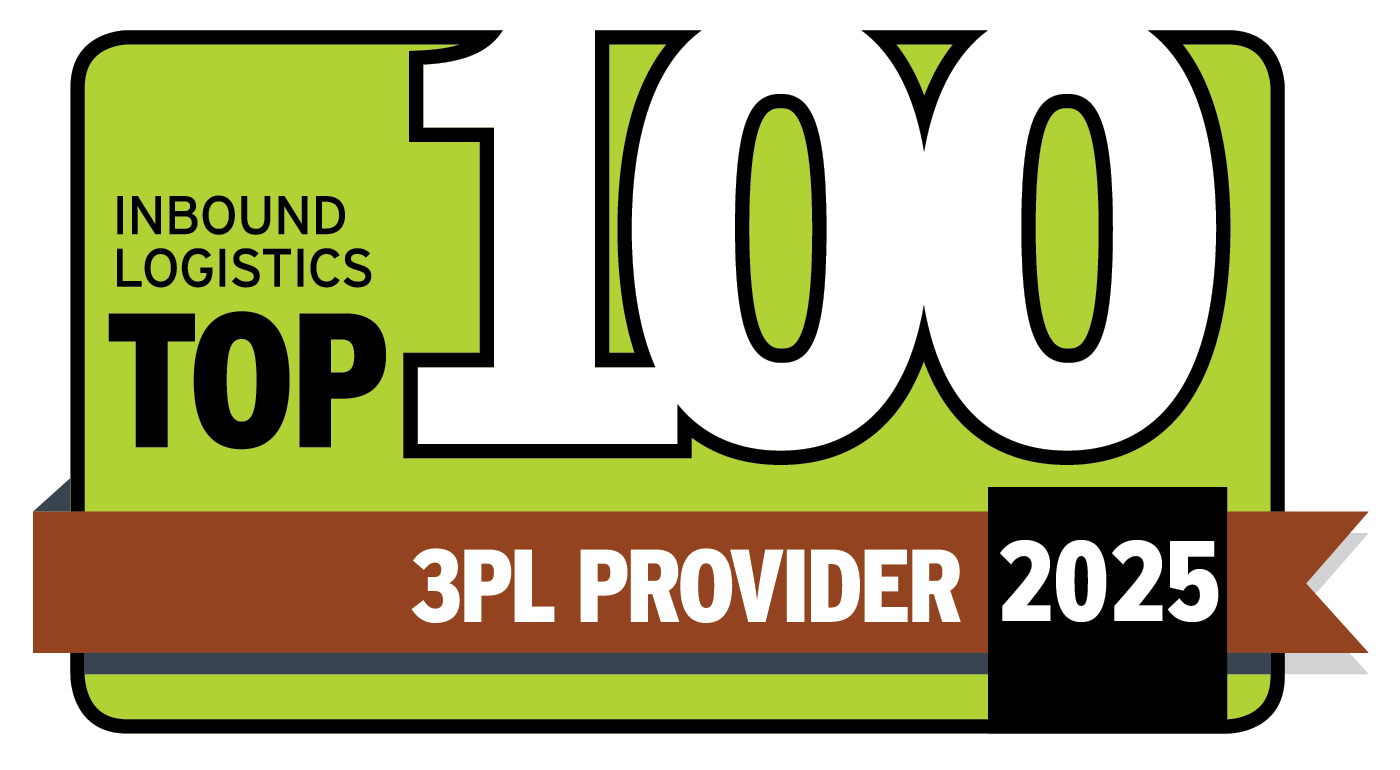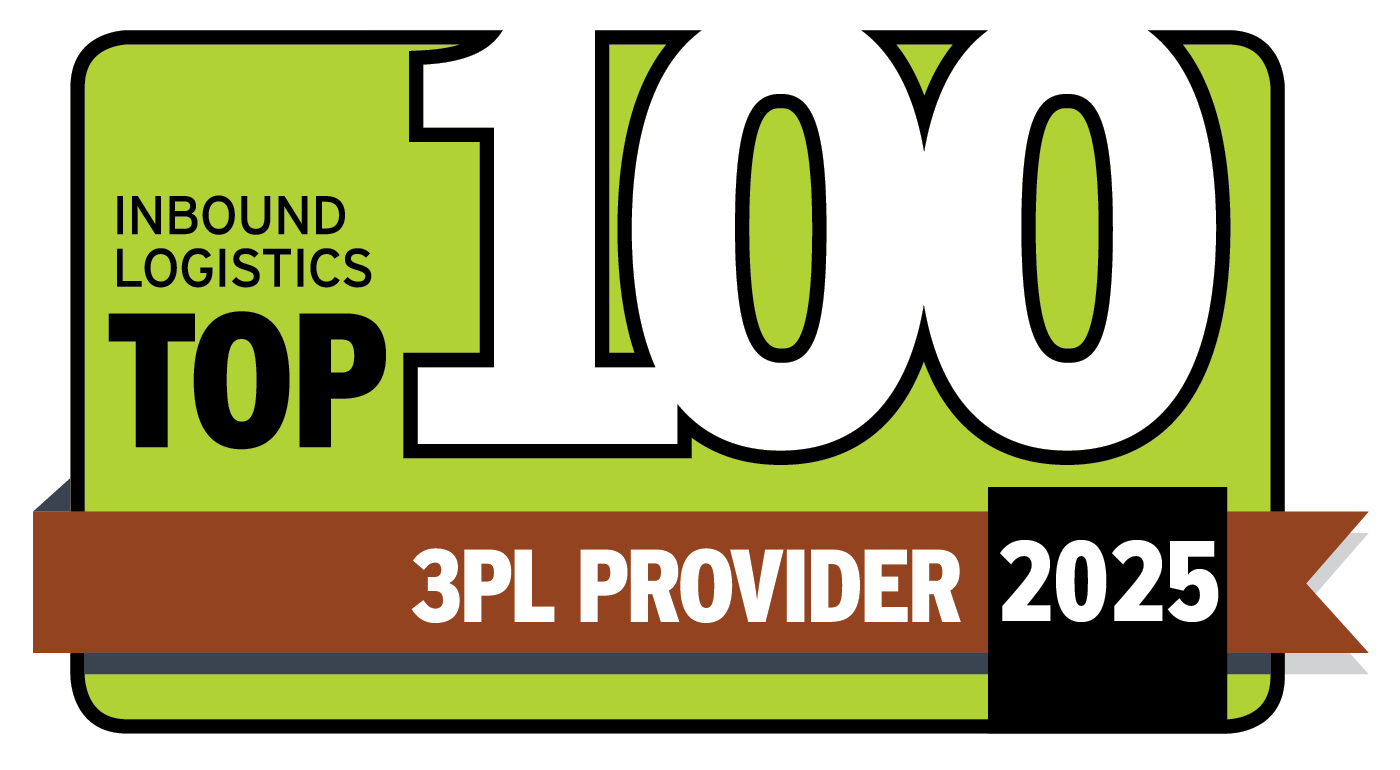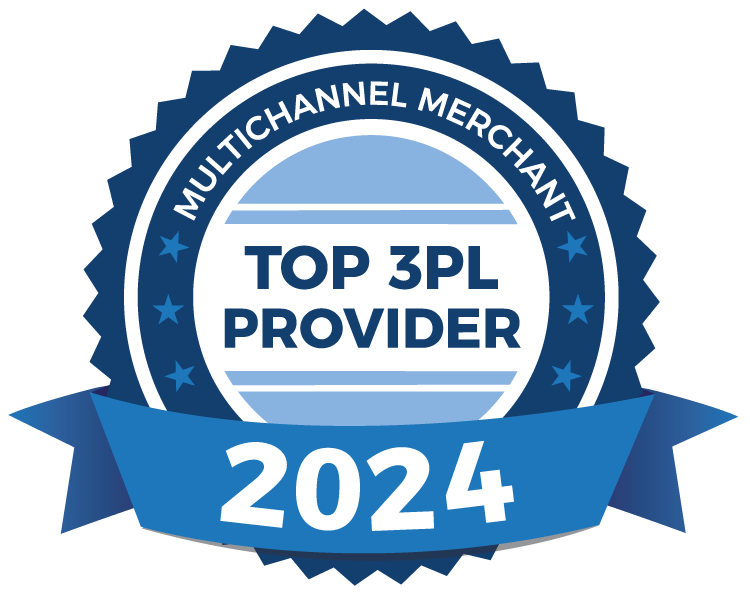How Fulfillment Fuels Marketing: The Overlooked Key to E-Commerce Growth
When you think of e-commerce fulfillment, you probably picture warehouses buzzing with activity, sophisticated inventory systems and fast shipping. However, one significant aspect that doesn’t always get the spotlight is the relationship between fulfillment and marketing. Though these departments may seem separate, they are closely linked and can significantly influence one another.
This blog delves into why this connection matters and how e-commerce businesses can use it.
The Overlap Between Marketing and Fulfillment
At first glance, marketing and fulfillment serve distinct roles; marketing focuses on attracting customers and building a brand, while fulfillment ensures that products are delivered efficiently. However, these functions work together in more ways than one, and when aligned strategically, they can enhance the customer experience and improve business performance.
Turning Fulfillment into a Marketing Advantage
New Epsilon research indicates that 80% of consumers are likelier to purchase when brands offer personalized experiences. One of the most direct ways fulfillments support marketing is by turning the delivery experience into an extension of the brand. This concept, often called marketing fulfillment, allows businesses to use their shipping and packaging process to reinforce brand identity and WOW customers.
For example, personalized packaging, handwritten thank-you notes, and small surprise gifts can all create a memorable unboxing experience. These small touches enhance customer satisfaction and encourage repeat purchases and word-of-mouth recommendations.
A unique unboxing experience can set a brand apart and turn a routine delivery into a moment customers want to share, especially on social media, where user-generated content can serve as powerful organic marketing.
The Role of Branded Packaging
Packaging is more than just a protective layer for products; it’s a branding opportunity. Thoughtfully designed packaging can communicate a company’s personality, values and commitment to quality.
Whether eco-friendly materials, eye-catching designs, or a compelling message printed inside the box, branded packaging extends marketing reach beyond the digital space. Customers who receive a premium package that aligns with the brand’s image are more likely to develop a strong connection with the business.
Additionally, packaging can serve as a form of passive advertising. A well-designed box attracts attention during delivery and may even spark curiosity among potential new customers who see it.
Driving Additional Sales Through Fulfillment
Fulfillment isn’t just about getting products into customers’ hands—it’s also an opportunity to drive further sales. Businesses can strategically include promotional inserts, discount codes, or product recommendations inside packages, encouraging customers to make additional purchases.
Another way to capitalize on fulfillment for marketing purposes is through post-purchase emails. Sending personalized recommendations or exclusive offers shortly after delivery can keep customers engaged and increase the chances of repeat business.
Customer Experience and Brand Reputation
One of the most important connections between fulfillment and marketing is how it impacts customer satisfaction. Fast, reliable shipping has become a baseline expectation, and any delays or mistakes in fulfillment can lead to frustration and negative reviews.
On the other hand, when orders arrive on time, in perfect condition, and with a thoughtful presentation, customers are more likely to leave positive reviews and recommend the brand to others. A positive fulfillment process can turn one-time buyers into loyal customers and brand advocates.
Leveraging a 3PL for Fulfillment and Marketing Success
Many e-commerce brands partner with third-party logistics (3PL) providers to streamline their fulfillment operations. However, not all 3PLs offer the same level of service, and choosing the right partner can greatly impact marketing efforts.
Access to Marketing Partnerships
Some 3PLs offer opportunities for co-marketing beyond basic warehousing and shipping. At Barrett, we spotlight our partners and look for ways to provide additional marketing support, social media advertising, or collaborations—all of which can help brands expand their reach and engage with their audience more effectively.
By partnering with a 3PL that integrates marketing opportunities, e-commerce brands can extend their reach, enhance customer engagement and maximize the full potential of their logistics partnership.
Data-Driven Marketing Strategies
A tech-savvy 3PL can provide valuable data insights that help businesses refine their marketing strategies. By analyzing order trends, customer preferences, and delivery performance, brands can make informed decisions about everything from inventory management to promotional campaigns.
For example, understanding peak purchasing periods can help businesses time their marketing campaigns for maximum impact, while insights into regional demand can inform targeted advertising strategies.
Enhancing the Customer Journey
A 3PL that prioritizes the customer experience can directly support marketing goals by ensuring smooth post-purchase interactions. Features like real-time order tracking, hassle-free returns, and flexible delivery options contribute to overall customer satisfaction, strengthening brand loyalty.
When customers have a seamless experience from the moment they place an order to the moment they receive it, they are more likely to return and recommend the brand to others.
Marketing and Fulfillment: A Powerful Duo
When fulfillment and marketing work in sync, they transform from business functions into powerful catalysts for customer satisfaction and revenue expansion. The opportunities to integrate fulfillment with marketing are endless, from crafting memorable unboxing experiences to leveraging data for strategic campaigns.
Partnering with a 3PL that understands and supports this connection can further enhance these efforts, helping e-commerce brands scale while maintaining a strong, customer-focused approach.
By recognizing fulfillment as a key marketing asset, businesses can build deeper customer relationships, increase brand loyalty and drive long-term growth.
Take Your Fulfillment and Your Brand to the Next Level
Ready to transform your fulfillment into a marketing powerhouse? Contact us today to learn how Barrett can help and receive a complimentary supply chain consultation.
Recent Blog Posts

